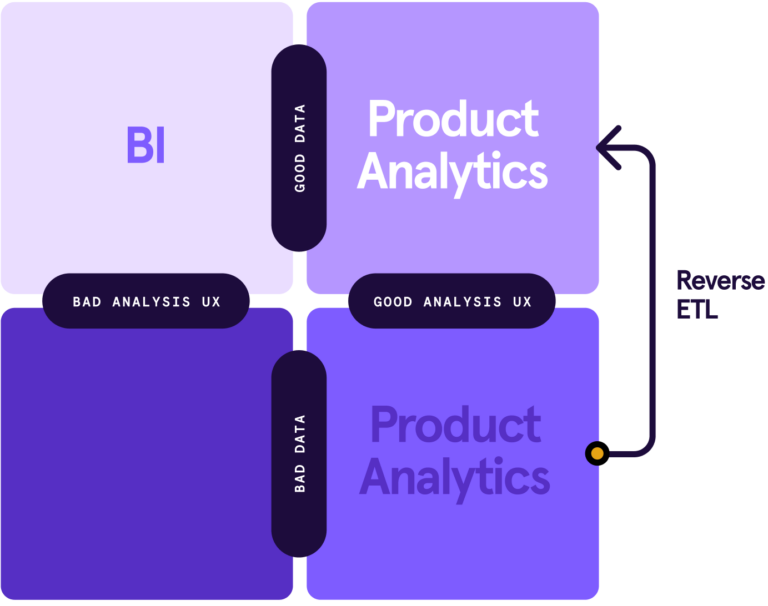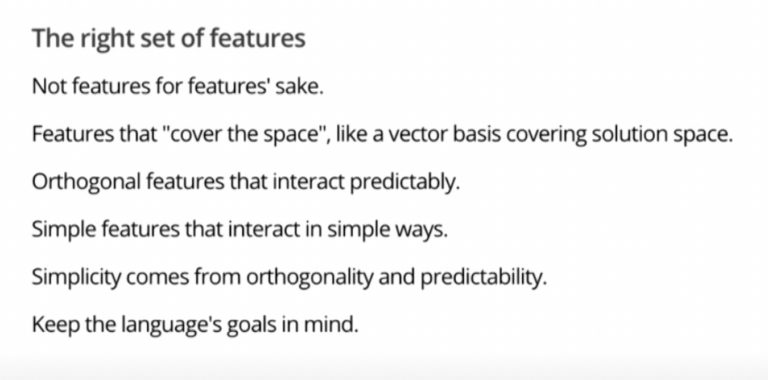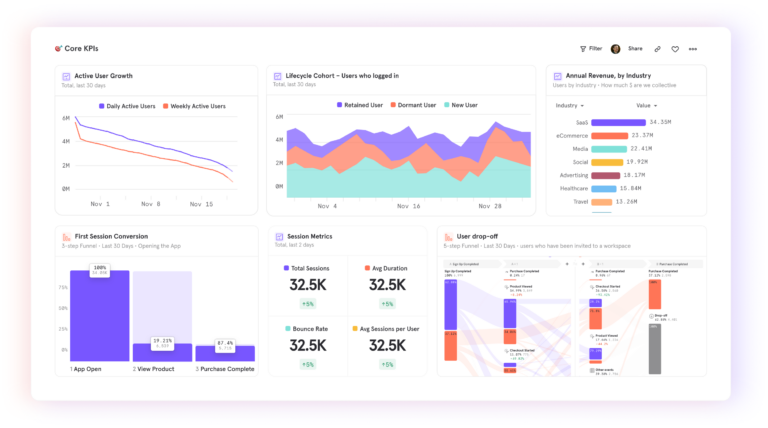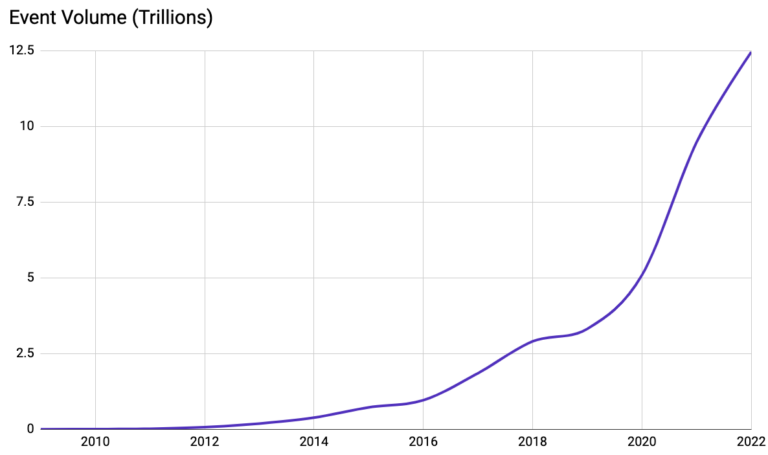How we’re building product analytics that everyone can trust, use, and afford
At Mixpanel, we believe in builders. Their most precious resource is time. We want to help them bring their visions to life faster by focusing on their best ideas. We empower everyone—from startup founders to large enterprise product teams—to do self-serve analysis and uncover which proposed projects have the most promise and which shipped changes actually worked.
Last November, we reached an important milestone when we announced a $200 million Series C investment from Bain Capital Tech Opportunities. A lot has changed since then. We’ve improved our NPS by 10 points to 53, grown from 6,000 to more than 7,000 paying customers, and surpassed $100 million in ARR.
The one thing that hasn’t changed is our product vision. We remain focused on building the most powerful product analytics everyone can trust, use, and afford.
Product analytics you can trust
Analytics is only as good as the data you feed it. The breadth and quality of the data you load determine the scope of answers you can get and whether you can trust them.
“When you work from one trusted data source, you can establish a data-informed culture where everyone at your company speaks the same language,” said Immobiliare.it Chief Product Officer Paolo Sabatinelli. “That enables you to collectively make better decisions, move faster, and drive bigger outcomes.”
Our strategy is to integrate with the best tools for collecting and managing data so that our customers can take advantage of the incredible innovation unfolding in the data stack. First, we’ve invested in our APIs to ensure they’re clean, well-documented, and give developers a way to iterate on the data that is forgiving and delivers fast feedback. Second, we continue to enhance our integrations with Twilio Segment and reverse ETL leaders like Census, Hightouch, and RudderStack.
Reverse ETL is particularly exciting because it opens up the data warehouse as a new data source for Mixpanel. For years, teams have had to choose between the power of a product analytics UX and the breadth and quality of data in their data warehouse. We’re bringing them together so customers can enjoy the best of both worlds.

Product analytics you can use
If you want your whole team to be data-driven, product analytics must be easy enough for everyone to use.
The challenge is that product analytics must also be powerful enough to answer complex questions. Builders must choose between tools that are easy to use out of the box but lack the depth to answer their questions, or tools that have depth but are slow and difficult to use—like SQL.

We’re beating this “power/simplicity” trade-off with a UX that is interactive, composable, and collaborative.
Interactive
Interactive means that it is fast and unfolds. It gives users immediate feedback and ways to keep forming and reforming their analysis in a way that is fluid, doesn’t let you get stuck, and never makes you start over. This UX encourages exploration and learning by doing. It enables the user to think with the tool—progressively adding depth and nuance to their analysis.
Inspiration for “interactive” to make powerful tools simpler came from Bret Victor’s principle: “Creators need an immediate connection to what they are creating.“
Composable
Composable means that the UX architecture is built from a small set of core primitives that the user can assemble to accomplish complex tasks. It’s powerful, yet easy to learn because there are only a few concepts. Over the last two years, we completely re-architected our UX to reduce the number of report types and UX concepts, making things like filtering, segmenting, and comparing functionality modular and consistent throughout the UX.
Inspiration for “composable” as a way to make powerful tools simpler came from Rob Pike’s talk about Go, “Simplicity is Complicated.”

Collaborative
Collaborative means multiplayer workflows and seamless sharing. When more people are drawn into the conversation about data, teams can align and make better decisions. Over the last year, we overhauled our dashboards into a more collaborative launching pad for product decisions, with functionalities like adding rich media or seeing who has viewed your content. In the upcoming year, we’ll be enhancing the discoverability and reusability of existing content in Mixpanel. You won’t have to start from scratch, which will help teams create analysis faster and stay aligned on a standard set of metric definitions.

Product analytics you can afford
Product analytics is still too slow and too expensive. As software eats the world and more and more devices connect to the Internet, companies collect exponentially more data.

Doing complex queries over trillions of events at interactive speeds and low prices is a hard problem™. To solve it, we continually invest in the performance of Arb—the event stream database we’ve developed for the past 10 years.
Arb has seen many iterations, beginning from a simple fan-out/fan-in system that let us spread core query logic out to thousands of C binaries running in parallel across hundreds of servers. Over time, we moved it from the cloud to bare metal, made it column-oriented, moved it back to the cloud, separated compute and storage, and completed hundreds of other projects to improve its scalability and performance.
We use these performance improvements to decrease latency and pass savings back to customers. For example, over the last year, we’ve increased the data limits of our Free plan by 100x and dropped prices by ~60% on our Growth plan.
We plan to do more in the new year, like redesigning our columnar format to support better predicate pushdowns, more advanced encoding strategies, better compression, and dynamic predicate ordering. We expect these investments to add up to another leap in performance and, in turn, an opportunity for us to save our customers both time and money.
Looking ahead
We’ll continue to publish more posts detailing the progress we’re making in building the most powerful product analytics that everyone can trust, use, and afford. Stay tuned to our blog for the latest news. And if you haven’t already, sign up for Mixpanel for free to experience what we’re building!
PS: If our product vision interests you, we’re hiring.

